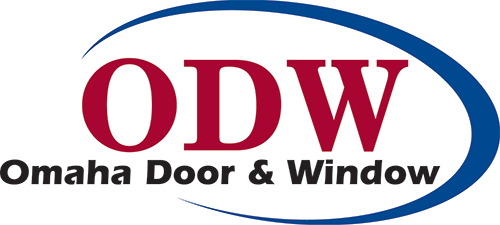Selecting the right type of glass for your windows can significantly impact your home’s energy efficiency. One of the most popular options is Low-E glass, but there’s also an enhanced version called Low-E UV glass. Understanding the differences between Low-E versus UV glass can help you make the best decision for your home.
What is Low-E Glass?
Low-E, or Low-Emissivity glass, features a thin, invisible coating that helps reflect heat. This coating is placed between the panes of the glass, allowing for better control of heat transfer through the windows. Low-E glass reflects heat back to its source. In the summer, this means bouncing outdoor heat away from your home, while in the winter, it reflects indoor heat inside, helping to maintain a more consistent and comfortable temperature.
Low-E glass is also highly effective at allowing natural light to pass through, which brightens your home without increasing energy consumption. However, it still allows a portion of ultraviolet (UV) rays to penetrate, which can contribute to fading in carpets and furniture over time.
What is Low-E UV Glass?
Low-E UV glass is an upgraded version of Low-E glass, offering an additional layer of protection. It uses the same basic technology but includes a thicker coating that significantly reduces the amount of UV light entering your home. This advanced glass not only reflects heat but also blocks a greater percentage of UV rays—around 30% more compared to standard Low-E glass.
The main benefit of Low-E UV glass is its ability to minimize the fading of fabrics, flooring, and furniture caused by prolonged exposure to sunlight. Additionally, it reduces the amount of solar heat gain, making it an excellent choice for homeowners looking to cut cooling costs during warmer months. One trade-off is that Low-E UV glass may appear slightly darker, though many find this a small concession given its other advantages.
Which Glass is Right for You?
Choosing between Low-E versus UV glass depends on your home’s needs. If you want to maximize natural light while controlling heat, Low-E glass may suffice. However, if preserving interior furnishings and reducing heat buildup is a priority, Low-E UV glass offers enhanced benefits. Contact Omaha Door & Window to determine the best glass replacement option for your home and enjoy greater comfort and efficiency year-round.

Do you by chance have a picture of the visible difference between the levels of low e glass? Looking to see how much darker the low e UV glass appears compared to the standard low e.
We don’t have a picture that can accurately show the difference. You really need to see it in person. Go to a window dealer and ask to see some real samples. It will make your room darker.
I have LOW E glass where the coating is on the outside of the inside pane(double glaz)
will this reflect the UV back out as i don’t want my furniture fading? How do we go about a free quote estimate, please
We can give a free estimate if your in the Omaha area. Just call the main phone number 402-733-6440 and ask for an estimate. We can give an estimate on just replacing the glass or a whole new window. If you want a just replace the glass estimate, we can bring out a glass meter and find out exactly what type of low e glass you have and where it is located (Be sure to tell them to bring out the glass meter). Thanks for your interest. Jim@omahadoor.com